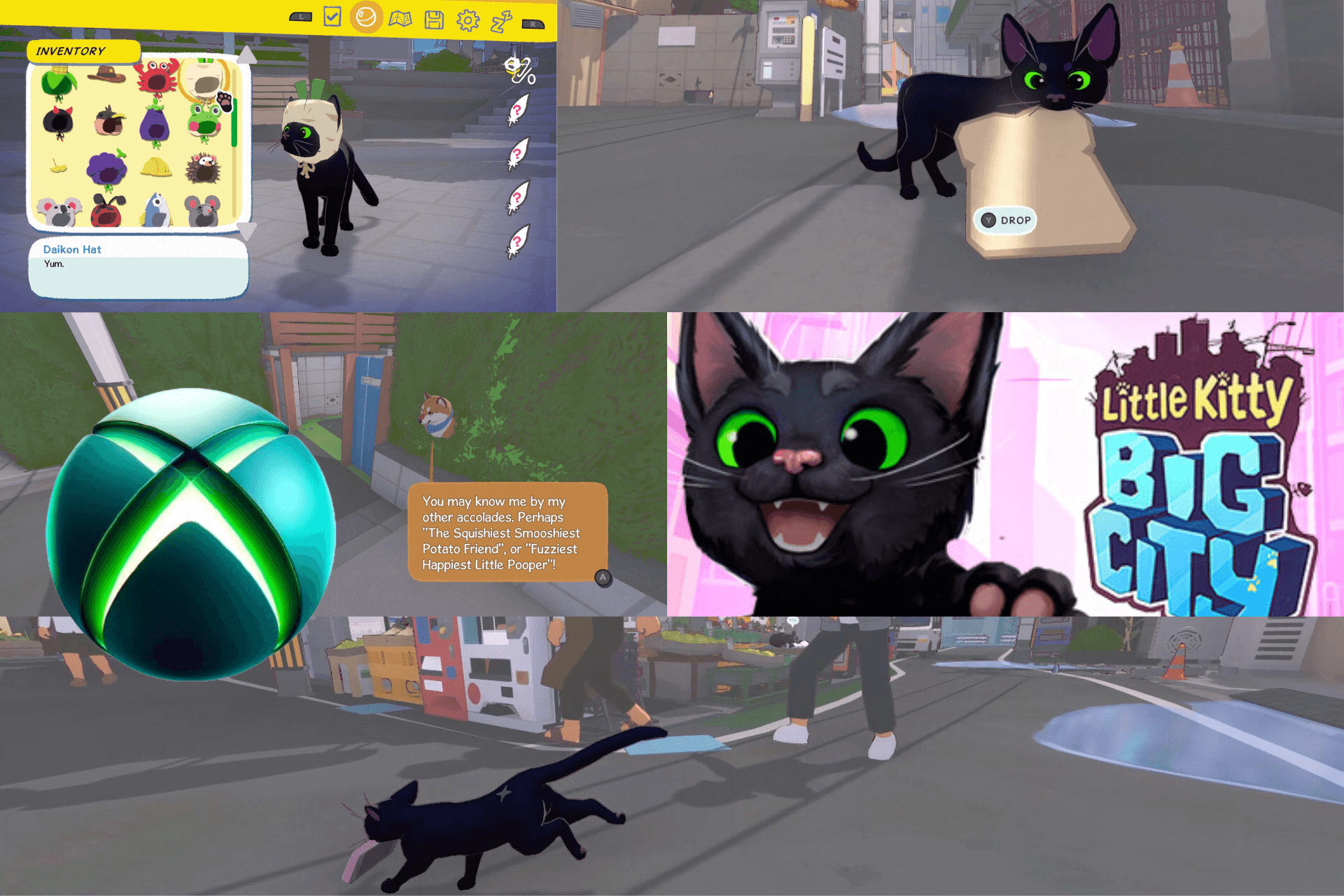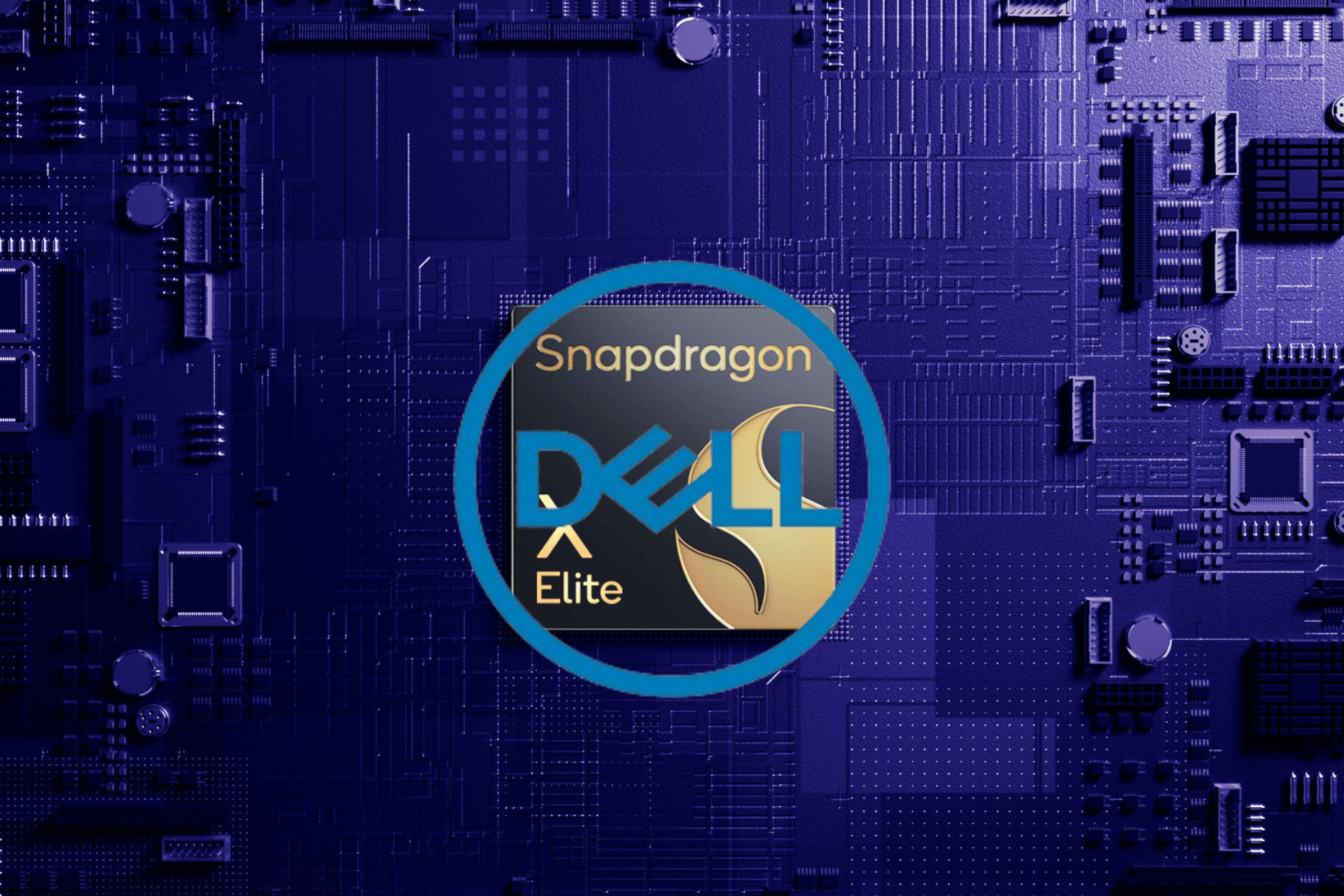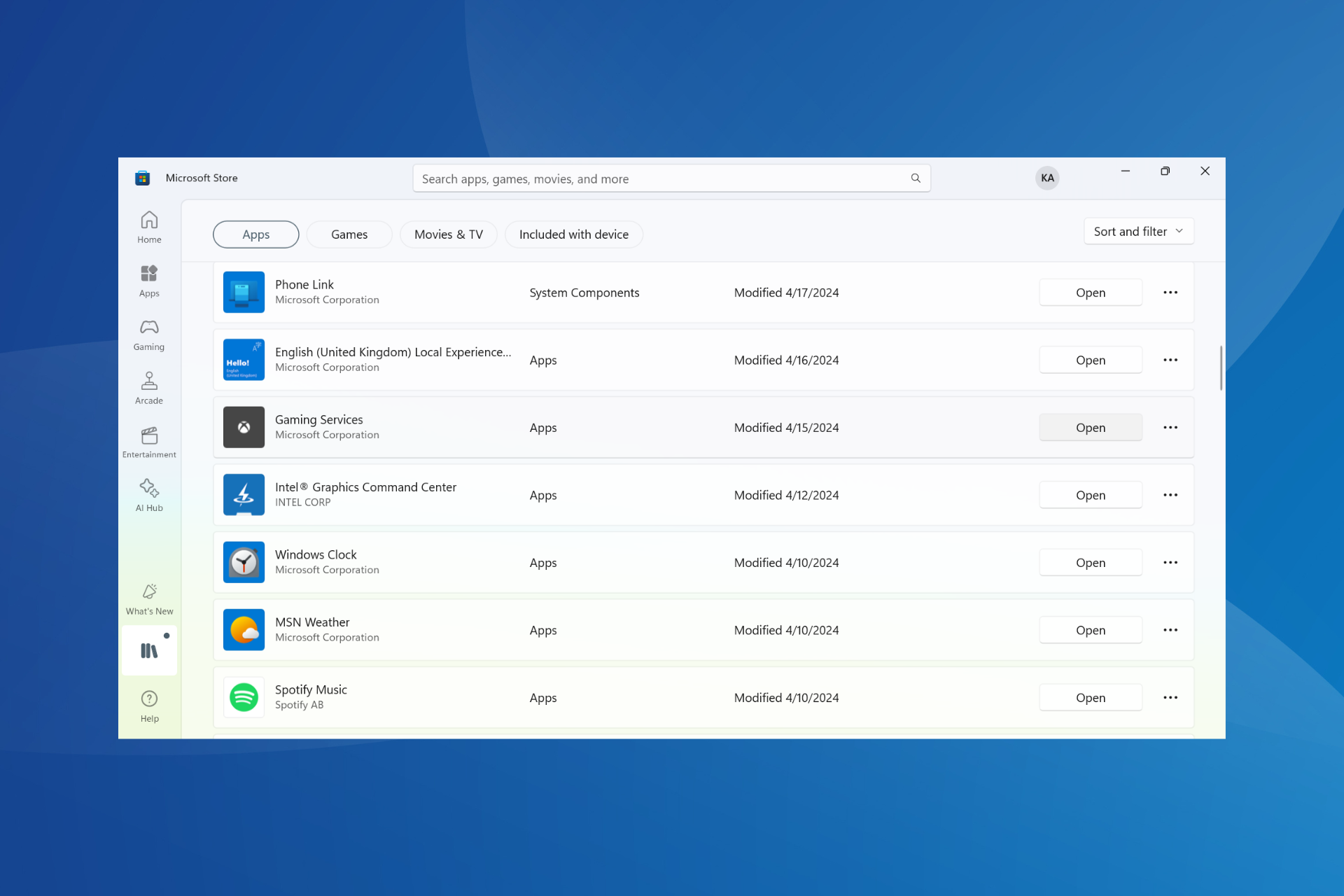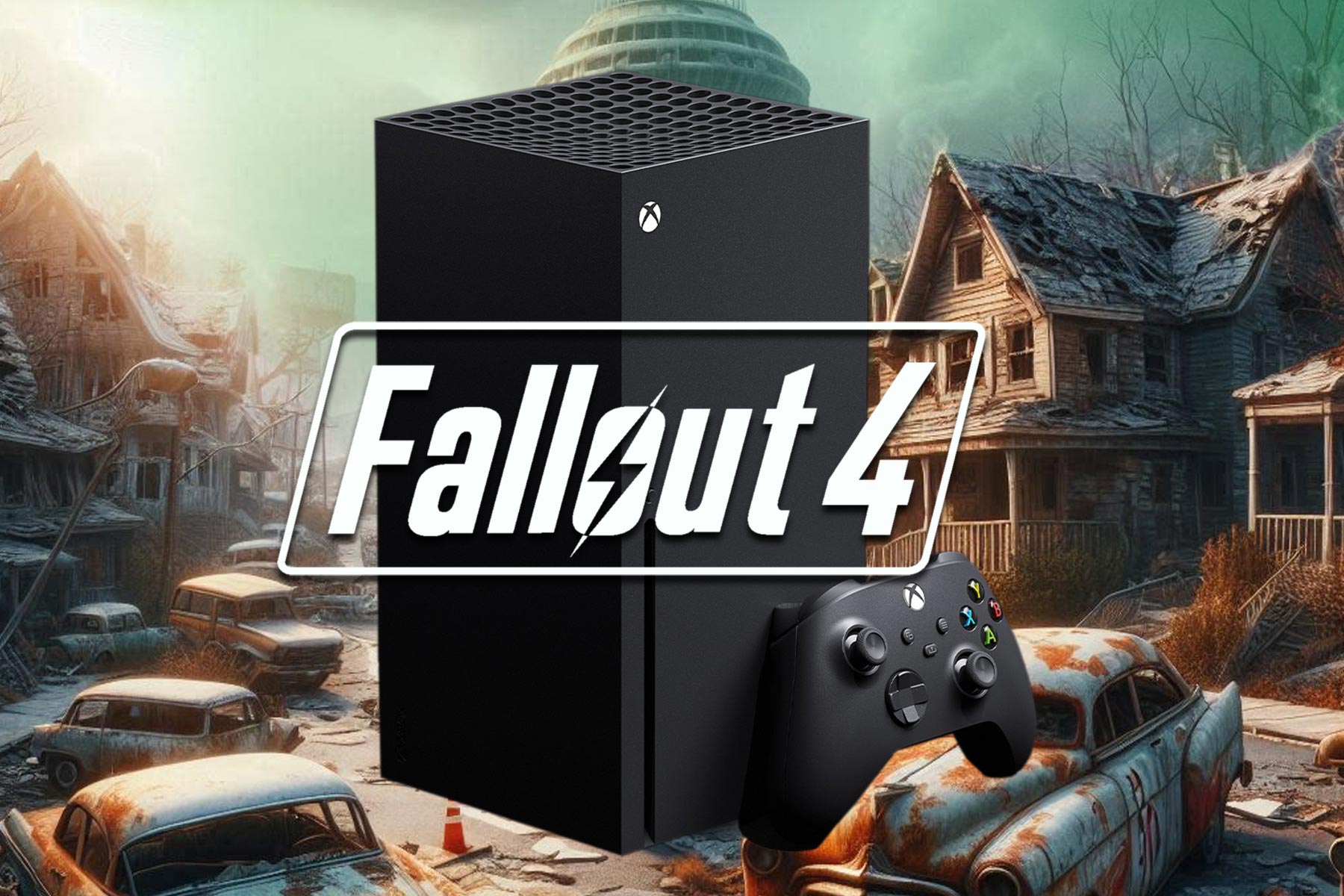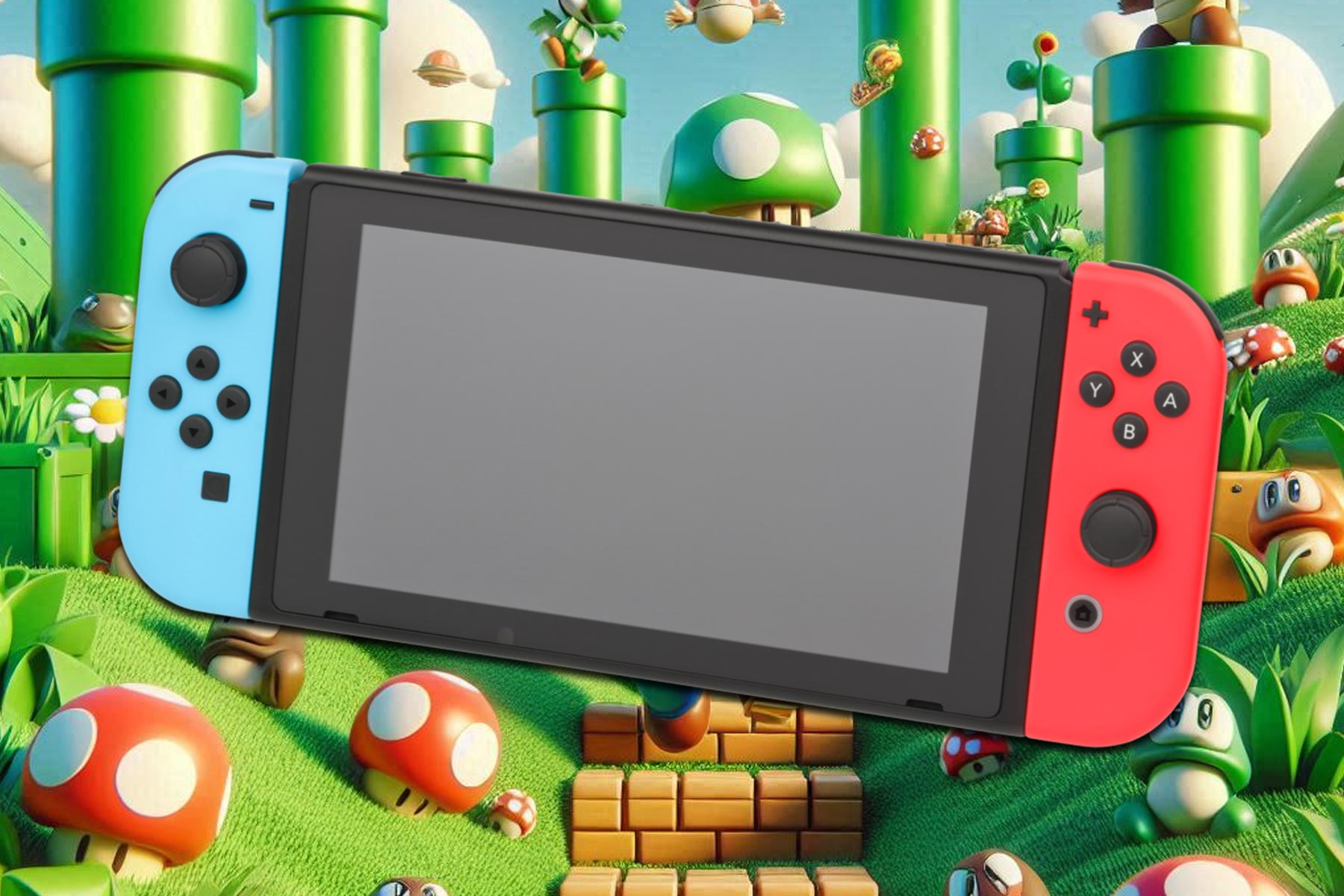Windows President Terry Myerson talks “democratizing VR” and more in new interview
4 min. read
Published on
Read our disclosure page to find out how can you help Windows Report sustain the editorial team Read more
Last week, Microsoft announced during its Windows 10 event in New York an upcoming portfolio of third-party VR headsets leveraging the built-in Windows Holographic shell in the Windows 10 Creators Update. Unlike Microsoft’s HoloLens mixed reality headset which is standalone device, this first wave of third-party VR headsets will need to be tethered to a Windows 10 PCs but with a starting price of $299, Microsoft’s partners are expected to give some good competition to rival solutions from Facebook and HTC.
As we reported last week, Microsoft is expected to provide more information on these third-party VR headsets at WinHEC in Shenzhen, China on December 8-9, which the company’s Executive Vice President of Windows and Devices Terry Myerson confirmed today in a new interview with ZDNet reporter Mary Jo Foley:
When we go to WinHEC, we’re really thinking how are we going to democratize this technology, how are we going to work with these partners to build devices that can reach all price points, that can reach everyone on the planet.
In the lengthy interview, Myerson goes on to explain that the purpose of Microsoft’s partnership with PC manufacturers HP, Dell, Lenovo, Acer and ASUS is not about “filling the ecosystem” with low cost VR solutions. According to him, Microsoft does expect from its partners premium VR products as well:
I don’t see it necessarily as filling in below. By building HoloLens, we were able to push ourselves as hard as we can to see, to go create, really we call it Windows Holographic, to go create that expression. That allows us now to then partner with HP, Dell, Lenovo, Acer, ASUS on how can we create expression of that for your gaming PCs, and that’s the accessories we showed today.
But I think if we hadn’t done HoloLens first, we wouldn’t have been able to do those partnerships as well. And I’m not ruling out the fact that one of those guys builds a $3,000 accessory, because I think we’ll see all kinds of creative expression in what they do. But by building Surface Studio we’re going to be able to have some really well-rounded partnerships and other people will express ideas.

While Myerson didn’t provide more details about the specs of these upcoming VR headsets, he did share that he expects them to “work super-well on most laptops.” However, the exec added that using these third-party headsets, which will have an opaque lens, should be quite different from the augmented reality experience provided by the company’s HoloLens headset (which has a translucent lens). To explain it, Myerson used an external monitor analogy:
One way you can think about these VR accessories is as an external monitor. It’s not technically accurate, but conceptually I think it works quite well. You put on the headset and you’re looking at another monitor. So it’s not a perfect technical analogy, because it lives now in the Holographic shell, so a shell from the desktop. But now I’ll be able to tap at this, so you get the shell and it’s the same shell we have in HoloLens. That comes up and HoloLens has a transparent or translucent lens, while these accessories we talked about today will have often opaque lens.
We use this term mixed reality to represent this spectrum of augmented reality to virtual reality and everything in-between. And in some ways the transparency of the lenses is the difference between augmented and virtual reality, but it’s the same volumetrics compute.
Overall, it seems that Microsoft will have some work to do to explain to consumers the differences between mixed reality and virtual reality. If the third-party VR headset market becomes fragmented between translucent lenses and opaque lenses, it looks that this still young market could become confusing pretty quickly. To add a bit more confusion, Microsoft patented earlier this year a new dimming module that could enable switching from a mixed-reality experience to a fully immersive VR experience, providing a “best of both worlds” solution. While WinHEC is only a few weeks away, we can’t wait to see how Microsoft and its partners will make their VR efforts more consumer-friendly.

